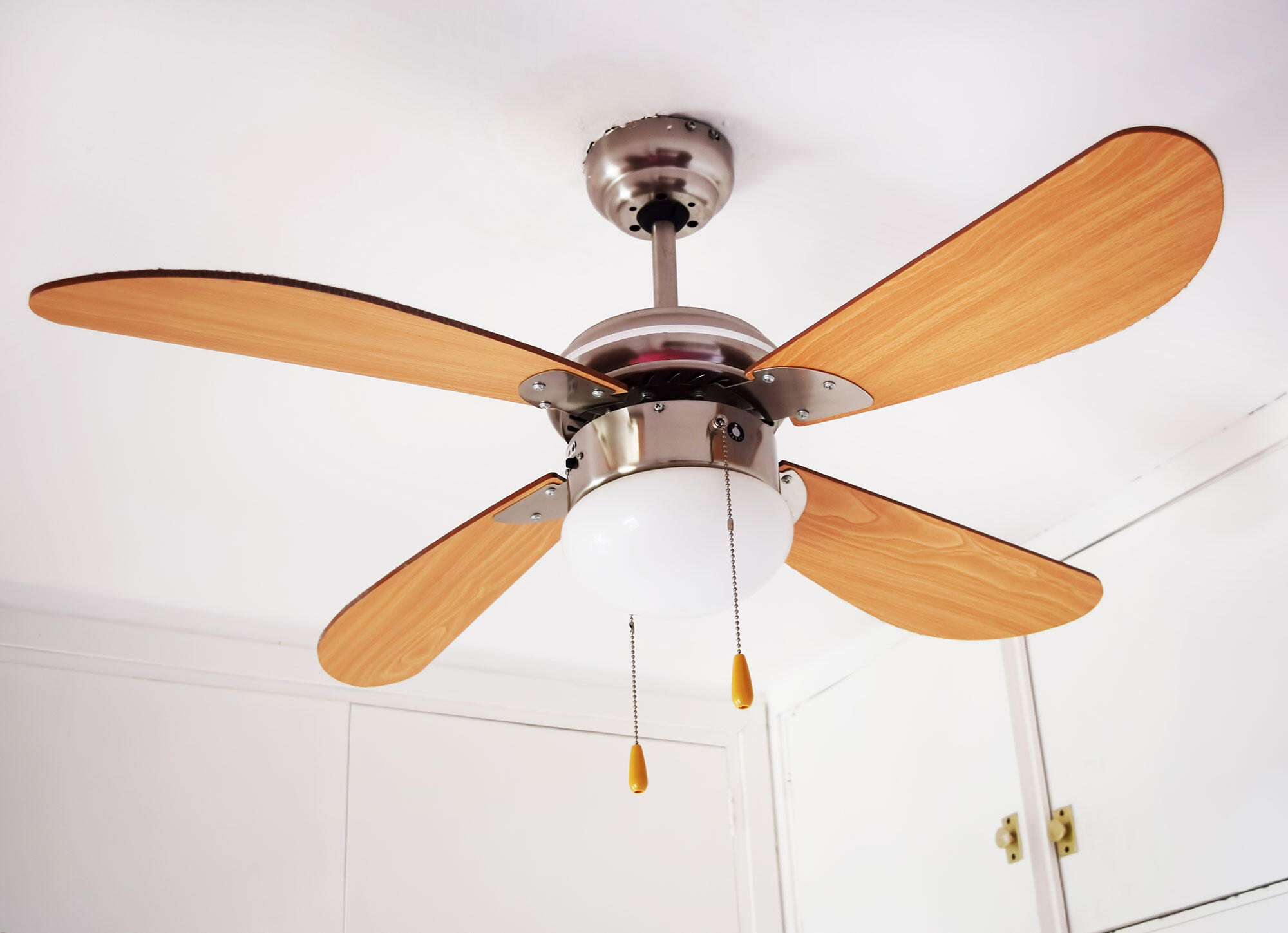
THE PRODUCT:
Ceiling fans include ceiling fans used in homes as well as those used in commercial and industrial spaces. Compared to typical residential standard and hugger ceiling fans, commercial and industrial ceiling fans often have larger blade diameters or the ability to spin at faster speeds.
THE STANDARD:
The current standards for ceiling fans took effect in 2020 and are the first efficiency performance standards for ceiling fans. The minimum energy efficiency levels for standard, hugger, and high-speed small-diameter fans are a function of fan blade diameter and are expressed as airflow delivered in cubic feet per minute (CFM) per unit of power consumption in watts (W). Large-diameter ceiling fans (LDCFs) must meet minimum Ceiling Fan Energy Index (CFEI) requirements at high speed (1.00) and 40% speed (1.31).
In 2023, DOE proposed amended standards for ceiling fans that would reduce energy consumption by about 5-10% for most standard and hugger fans. For the largest ceiling fans (>53”), the proposed standards would effectively require the use of more-efficient DC motors, which can cut energy use in half.
*CFEI is the ratio of the input power of a reference fan to the input power of the actual fan model.
KEY FACTS:
As of 2020, nearly 90 million US households used at least one ceiling fan, and about a quarter of all households used four or more ceiling fans. The efficiency of ceiling fans can be improved primarily by using more efficient motors.
Filings
Standards in the News
Timeline
| Federal | Date |
| Proposed Rule Issued | 2023 |
| 2nd Federal Standard Effective | 2020 |
| 2nd Federal Standard Adopted | 2017 |
| 1st Federal Standard Effective | 2007 |
| 1st Federal Standard Adopted | 2005 |
| EPACT Initial Federal Legislation Enacted | 2005 |